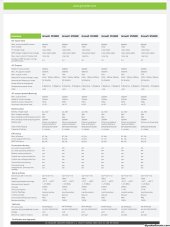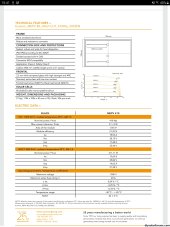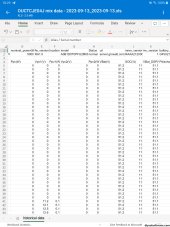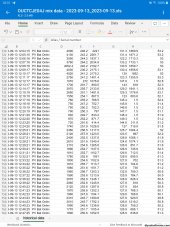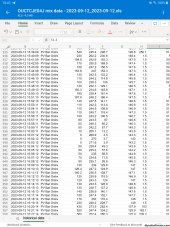bobbiecool
New Member
Hi. Attached are data sheets for a Growatt SPH5000 inverter and for a Eurener solar panel, these were installed at my property in November. I have 2 strings of 12 and 6 panels. Im currently in dispute with the installers through NAPIT initially due to a voltage problem on the 2nd string of 6. I'm also concerned that due to the ampage of the panels being outside of the working parameters of the inverter that these panels should not have been installed in the first place. Am I correct in questioning this or does it not matter in the long run? Not being an electrician I have no idea whether intalling these panels would cause a problem due to the ampage.
NAPIT, having had this info for 3 months, are being very unhelpful in answering this question. I get the feeling they're understaffed and/or not up to the task of giving me an answer.
Any help would be appreciated.
NAPIT, having had this info for 3 months, are being very unhelpful in answering this question. I get the feeling they're understaffed and/or not up to the task of giving me an answer.
Any help would be appreciated.



